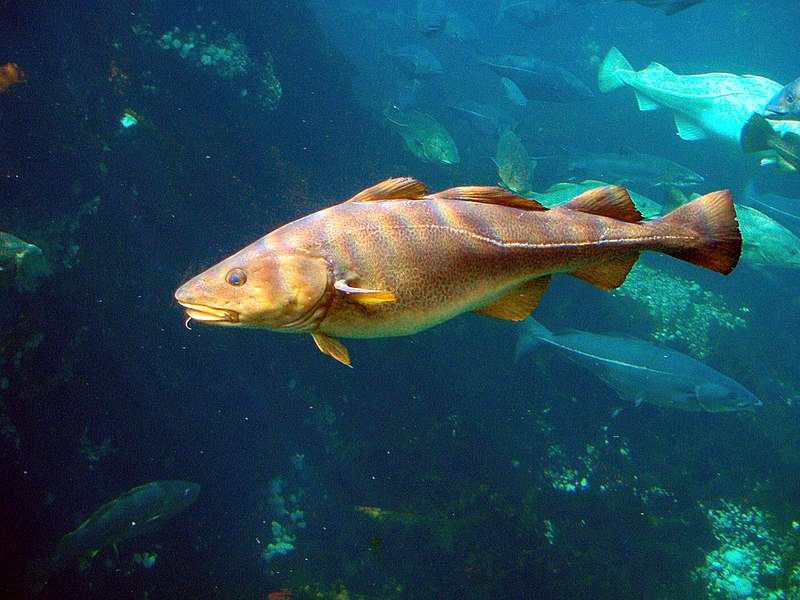 No videos or pictures in your ILQW email? See them at http://ilovequoddywild.blogspot.com
No videos or pictures in your ILQW email? See them at http://ilovequoddywild.blogspot.comSome of us remember the Quoddy Region as a bustling centre of activity fed by the abundant fisheries of the area. In only a few decades this has changed dramatically as shown by this report from Fishing Grounds of the Gulf of Maine by Walter H. Rich which first appeared in the U.S. Department of Commerce, Bureau of Fisheries, Report of the United States Commissioner of Fisheries, for the fiscal year 1929
**************************
The Wolves. These make a group of small islands lying N. ½ E. from Grand Manan, distant 8 or 10 miles. On the bottom of rocks and gravel, extending about a mile from the shores of these, in depths of from 18 to 34 fathoms, small boats and small vessels take a quantity of fish by trawl and hand line. These are mainly haddock and cod grounds in May and June and pollock grounds in June and July. It is also a winter lobster ground for Canadian fishermen.
The Wolves Bank. This bank lies between The Wolves and Grand Manan, distant about 8 miles from East Quoddy Light, SE. ½ E. Marks: The Coxcomb showing to the eastward and just touching on the western edge of Green Island: bring the heads of Grand Manan to form The Armchair, and White Horse and Simpson Island into range. This is a small-boat ground of scarcely more than 6 acres, with depths of 18 to 30 fathoms on a bottom of rocks and mud. Species and seasons are as on The Wolves. Southeast from The Wolves from 2 to 20 miles lies a piece of muddy bottom where hake are usually abundant in summer.
Campobello and vicinity. Fair quantities of haddock and cod are found between Grand Manan and the American shore in the North Channel (Grand Manan Channel) between West Quoddy Head and Grand Manan in depths of from 40 to 50 fathoms, over a bottom of rocks, mud, and sand in June, July, and August and up to September 15, while hake is the most abundant species present.
No haddock or cod are on these grounds in winter. Halibut are taken in similar numbers in the North Channel in May, June, and July. Pollock are taken on the western side of Campobello Island, near the eastern side of Indian Island, and at the mouth of the channel between Campobello and Casco Bay Island. In all these places are strong tidal eddies. Some fish are taken by seining, but most are caught by hook and line in a small-boat fishery lasting from June 1 to September 1. All around Campobello and Deer Island and on the New Brunswick shore as far as St. John are located weirs, which furnish large quantities of herring to the factories at Eastport and Lubec.
Passamaquoddy Bay. Depths here are from 10 to 24 fathoms, even 30 fathoms where the St. Croix River passes out into the sea. In general the bottom is muddy, although there are rocky patches. In most years a school of cod "strikes" here in April, the early corners being mostly of small size, but the later arrivals may reach 30, 40, or even 60 pounds. Haddock sometimes make their appearance in the bay as early as May 1, remaining through August. Hake, also, are present from June to September, but this excellent fish is held of little account by local fishermen. A considerable flounder industry is developing in these waters, the fish being taken in specially devised traps as well as by the smaller otter trawls.
Passamaquoddy Bay is also a spring netting ground for herring (food fish), and there are also many weirs in operation here each year whose catch goes to the factories of Eastport and Lubec for canning as sardines. Pollock are very abundant, and a great deal of fishing for them is carried on from June to October, both by seine and hand line. At times the pollock completely fill the many herring weirs, until, from their numbers, there is no market for them. Pollock are also abundant at the same season and are taken by the same methods in the St. Croix River, though perhaps they leave the river a month earlier in the fall.
The Mud Hake Grounds. These grounds extend about N. and S. between Campobello and The Wolves and from about West Quoddy Head to Grand Manan. Their length is about 15 to 18 miles and their width 3½ miles. This is a summer ground much used by Canadian fishermen out of Campobello, Grand Manan, and Beaver Harbor. It is said to be the best hake grounds in this vicinity.

No comments:
Post a Comment